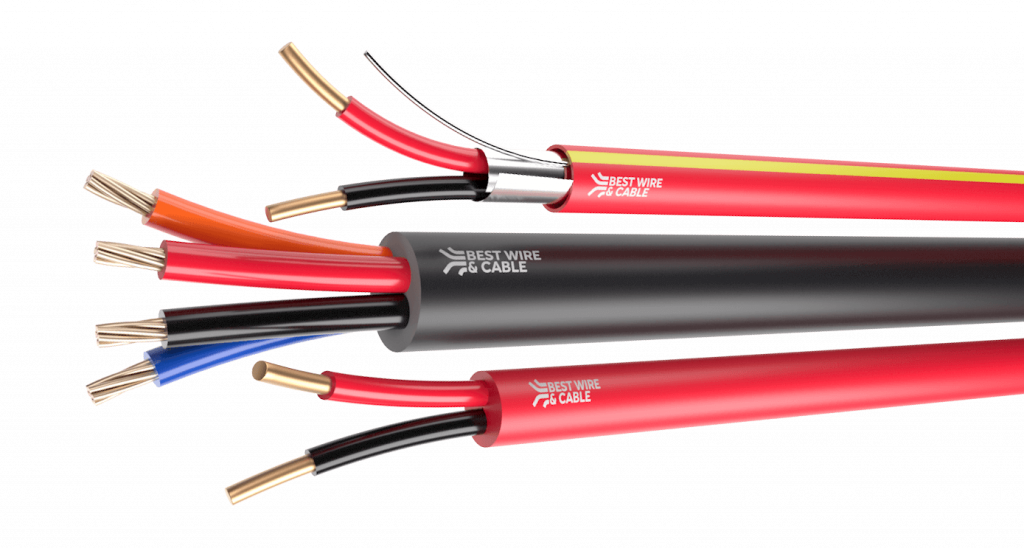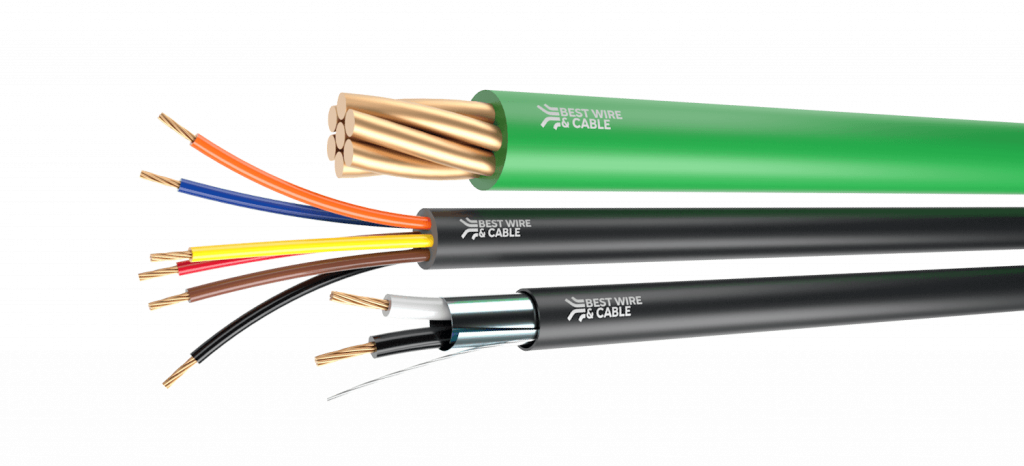The Decline of Coaxial Cables: Why They’re Losing Popularity and What’s Taking Their Place

Coaxial cables have been the go-to choice for high-speed data transmission for decades, but their popularity has been declining in recent years. The reasons for this shift in preference are many, and this article will explore why coaxial cables are losing their appeal and what types of wiring are replacing them.
One of the main reasons coaxial cables are losing ground is that they have a limited bandwidth, which makes them unsuitable for high-speed data transmission. As data demands increase, coaxial cables are unable to keep up, resulting in slower data speeds and reduced performance. In contrast, newer cabling options like fiber optic cables and twisted pair cables offer higher bandwidth and faster data transfer speeds.
Another factor contributing to the decline of coaxial cables is their susceptibility to electromagnetic interference (EMI) and radio frequency interference (RFI). This interference can result in poor signal quality, which can negatively impact the performance of the system. Fiber optic cables and twisted pair cables are less susceptible to EMI and RFI, making them a more reliable choice.
In addition, coaxial cables are less flexible and more difficult to install than newer cabling options. This can make them less practical for certain applications, especially those requiring long distances or tight spaces. Fiber optic cables and twisted pair cables, on the other hand, are more flexible and easier to install, making them a more popular choice for many applications. Lastly, the cost of coaxial cables is relatively high compared to newer cabling options. This can be a significant factor for businesses and organizations looking to upgrade their systems or install new ones. While coaxial cables still have their place in certain applications, the cost factor is driving many to look at more affordable and versatile cabling options.
So what types of cabling are replacing coaxial cables? Two popular options are fiber optic cables and twisted pair cables. Fiber optic cables use glass or plastic fibers to transmit data, which makes them immune to EMI and RFI. They also offer higher bandwidth and faster data transfer speeds than coaxial cables. Twisted pair cables, on the other hand, use pairs of wires twisted together to transmit data. They are less susceptible to interference than coaxial cables and are more flexible and easier to install.
In conclusion, the decline in popularity of coaxial cables is due to their limited bandwidth, susceptibility to interference, difficulty of installation, and relatively high cost. Fiber optic cables and twisted pair cables are becoming more popular as they offer higher bandwidth, faster data transfer speeds, and are less susceptible to interference. While coaxial cables still have their place in certain applications, the trend is clear: newer cabling options are becoming the preferred choice for many applications.
View BWC’s Coaxial Cable Options
























